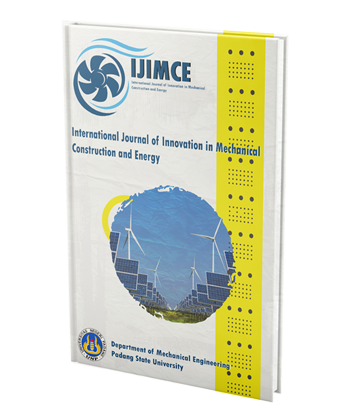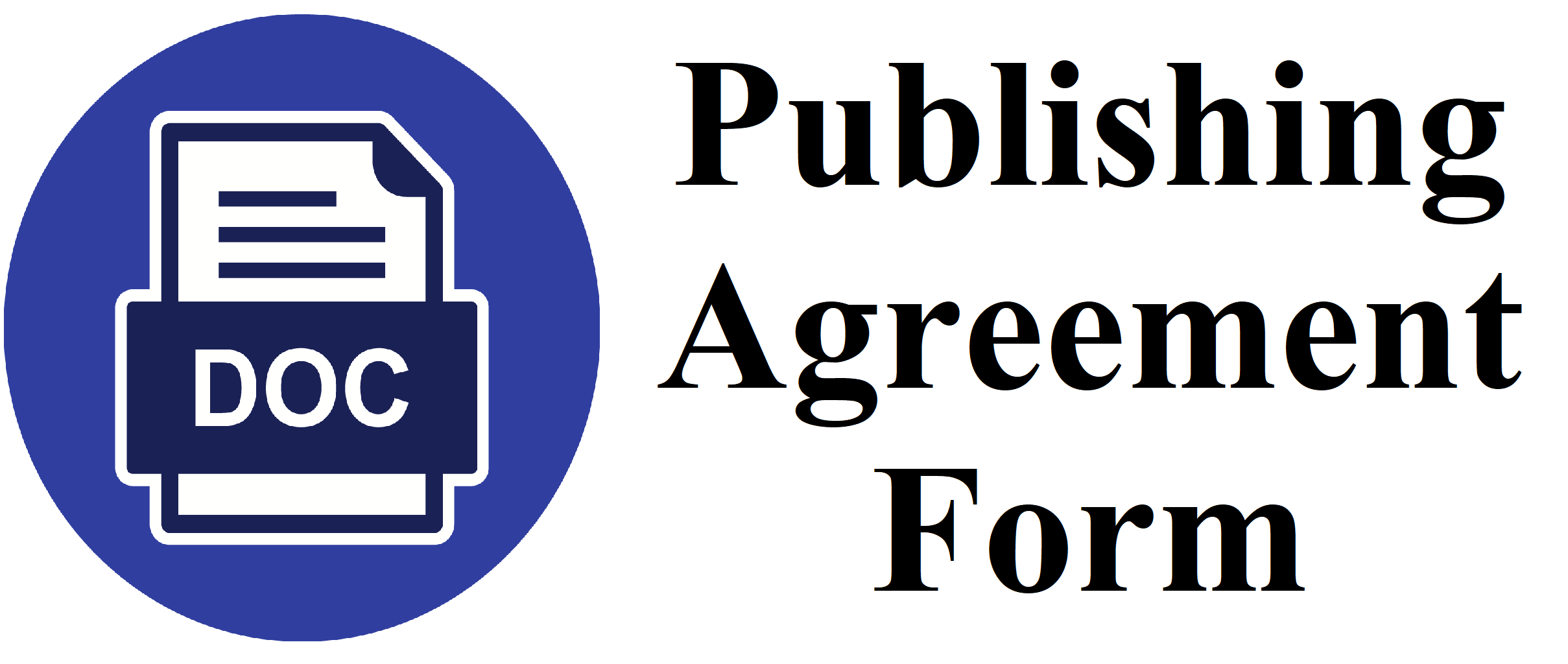Design Of Liquid Smoke Equipment With A Capacity Of 120 Ml Per Hour
Keywords:
liquid smoke, pyrolysis, equipment design, production capacity, coconut shellAbstract
Liquid smoke is the result of pyrolysis of various types of biomass used in various industrial applications, including food preservation and waste treatment. This study aims to design and test a liquid smoke production device with a capacity of 120 ml per hour using six types of raw materials: coconut husk, coconut shell, straw, rice husk, corn cob, and corn stalk. The graph of the test results shows that the second experiment (test 2) produced a higher volume of liquid smoke than the first experiment (test 1), with the maximum volume reaching 310 ml. Nonetheless, the processing time varies depending on the type of raw material used. The results of this study show that optimizing the pyrolysis process can improve the efficiency of liquid smoke production, both in terms of volume and processing time. Thus, the device design used in this study has the potential to be further developed to increase production capacity and efficiency. Keywords: liquid smoke, pyrolysis, equipment design, production capacity, coconut shell.
Downloads
References
JOURNAL OF DIVERSIFICATION AND CHARACTERIZATION OF TENGGIRI FISH MEATBALL (Scomberomus commerson) TASTE WITH THE ADDITION OF COCONUT SHELL LIQUID SMOKE. (nd).
Rizky, J., Topol, R., Anom, DK, & Caroles, JDS (2024). Characterization of Physical and Chemical Properties of Liquid Smoke from Pyrolysis of Human Hair Cuttings Waste from Minahasa with KG-SM. In General Chemistry Journal (Vol. 2, Issue 3).
Suherman, S., Suroso, B., Yusuf, M., Ilmi, M. Amirul, & Harahap, M. (2023). Empowerment of Women's Farmer Groups in West Stabat Lama Village with Liquid Smoke Making Training. Aksiologiya: Journal of Community Service, 7(4). https://doi.org/10.30651/aks.v7i4.10549
Febriana, I., Effendy, S., Krysthin, V., Fenoldi, N., Energy Engineering Study, P., Chemical Engineering, J., & Sriwijaya State, P. (nd). Energy Consumption of Double Condenser Pyrolyzer for Conversion of Teak and Meranti Wood Powder into Liquid Smoke (Vol. 8, Issue 2).
Purwantisari, S., Jannah, SN, Ariyanto, HD, Setiyana, B., Lathifa, AD, & Wardaja, B. (2024). Application of Liquid Smoke Made from Coconut Shell in Agriculture and Animal Husbandry in Kataan Village, Ngadirejo District, Temanggung Regency. To Maega: Journal of Community Service, 7(2), 311. https://doi.org/10.35914/tomaega.v7i2.2578
Coconut Shell, P., Corn and Rice Husk as Environmentally Friendly Pesticides Nurlia, T., Muhamad Irfan Taufan Asfar, A., Muhamad Iqbal Akbar Asfar, A., Sri Rahayu, A., Ilham Ridwan, M., Muhammadiyah Bone, S., Ujung Pandang State, P., Mathematics Education Study, P., Science, J., Chemical Engineering, J., Economic Education Study, P., Social Science Education, J., & Biology Education Study, P. (nd). PROCEEDINGS OF THE NATIONAL SEMINAR ON COMMUNITY SERVICE OF LANCANG KUNING UNIVERSITY 2020.
Hari Tunggal Prasetiyo, D., Wahyudi, D., Maskur, O., Teknik, F., & Panca Marga, U. (2021). UTILIZATION OF RICE HUSK WASTE AS LIQUID SMOKE. In INTEGRITAS: Jurnal Pengabdian (Vol. 5).
JOURNAL Characteristics of Liquid Smoke from Coconut Shells, Candlenut Shells, and Corn Cobs. (nd).
Karudin, A., Sharma, J. K., Leni, D., Abbas, M. R., & Adriansyah, A. (2024). The Influence of External Cooling Load on the Distribution of Temperature and Humidity in Conditioned Spaces. IJIMCE: International Journal of Innovation in Mechanical Construction and Energy, 1(1), 1-10.
Mushollaeni, W., Santosa, B., Tunggadewi Jl Tlaga Warna Blok Tlogomas Malang, TC, & TIP Study Program Tribhuwana University Tunggadewi, D. (2019). WATER CONTENT AND TOTAL BACTERIA OF GOAT MEAT GIVEN CORN COB AND COCONUT SHELL LIQUID SMOKE. JFTA, 1.
JOURNAL OF CHARACTERIZATION OF LIQUID SMOKE PYROLYSIS DEVICE USING VARIATION OF CORN COB AND SUGAR CANE BAGASSE WASTE PERCENTAGE. (nd).
Downloads
Published
How to Cite
Issue
Section
License
Copyright (c) 2025 Bakri Bakri Anuar, Muchlisinalahuddin, Malikil Kudus Susalam, Ilham Alghani, Reyhan Stevano

This work is licensed under a Creative Commons Attribution-ShareAlike 4.0 International License.




